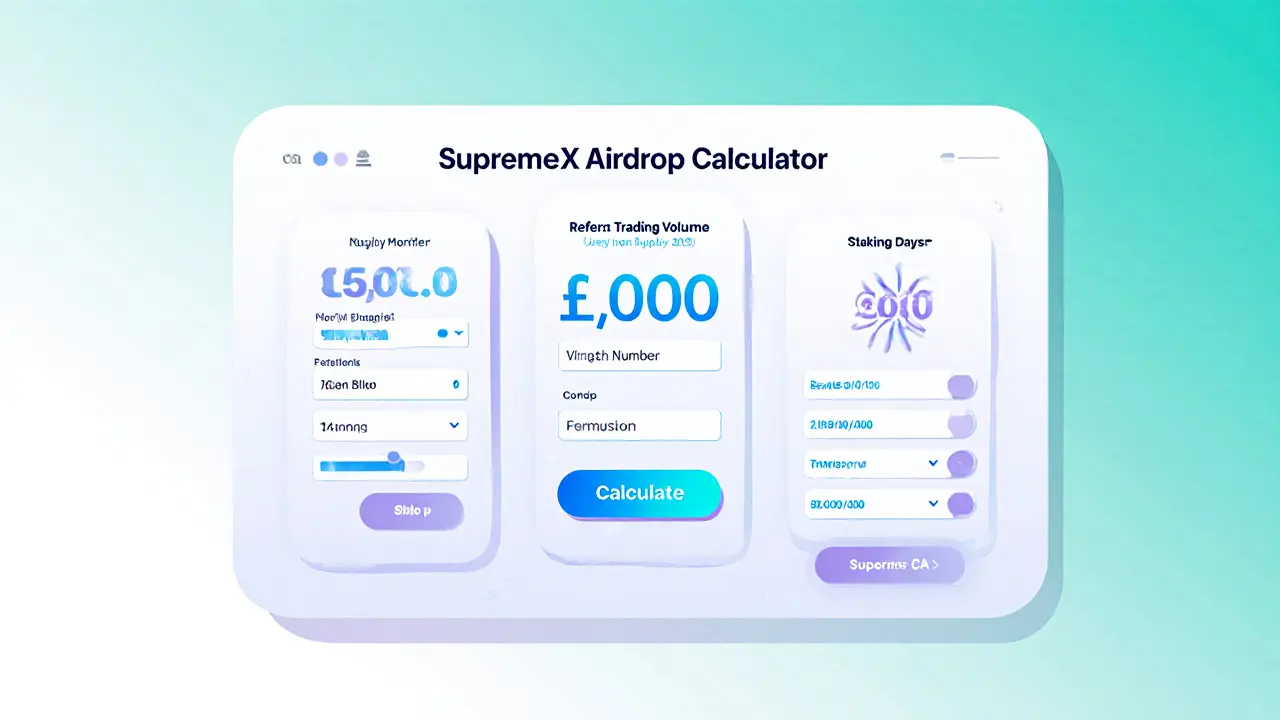DeFi Lending: How Decentralized Loans Work
When you hear DeFi lending, a system where borrowers obtain crypto loans from smart contracts instead of banks. Also known as decentralized finance lending, it lets anyone lock up digital assets and instantly receive a loan in another token. Lending protocols, platforms like Aave, Compound, and Maker that automate loan creation power this process, while collateral tokens, assets such as ETH, BTC, or stablecoins that back the loan protect lenders from default. Yield farming, the practice of moving assets across protocols to chase higher returns often intersects with lending because borrowers can re‑invest their borrowed funds to boost earnings.
Key concepts in DeFi lending
DeFi lending requires over‑collateralization, meaning the value of the locked assets must exceed the loan amount, usually by 150% or more. This rule keeps the system safe when crypto prices swing wildly. Lending protocols set interest rates algorithmically: when demand for loans spikes, rates rise; when lenders flood the pool, rates fall. The interest you earn can be split into a base rate plus a reward token distribution, which is why many users blend lending with yield farming to capture both sources of income.
Another important piece is the liquidation mechanism. If the collateral’s market price drops below the required threshold, smart contracts automatically sell enough of it to cover the loan, protecting the pool. Some platforms offer partial liquidation or allow borrowers to add more collateral to avoid losing their assets. Understanding how liquidation penalties work helps you manage risk, especially in volatile markets.
Security audits and insurance funds also shape the DeFi lending landscape. Reputable protocols undergo third‑party code reviews and often allocate a safety reserve to reimburse users after an exploit. When choosing where to lend, look for projects with a strong audit history and transparent insurance mechanisms. These factors together determine the overall trustworthiness of a lending service.
Below you’ll find a curated set of articles that dig deeper into licensing, tokenomics, specific protocol reviews, and the latest regulatory updates that impact DeFi lending. Whether you’re hunting for high‑yield opportunities or just trying to understand the basics, the collection will give you the context you need to make informed decisions.

SupremeX (SXC) Airdrop Details: How to Claim Free SXC Tokens
Aug 5, 2025, Posted by Ronan Caverly
Discover how to claim free SXC tokens from the SupremeX airdrop, learn eligibility, step‑by‑step claiming on Bitget, and assess risks and rewards.
MORESEARCH HERE
Categories
TAGS
- decentralized exchange
- crypto exchange review
- cryptocurrency
- crypto coin
- CoinMarketCap airdrop
- smart contracts
- tokenomics
- cryptocurrency exchange safety
- crypto exchange
- cryptocurrency airdrop
- crypto airdrop
- cryptocurrency exchange
- crypto airdrop guide
- blockchain token distribution
- DeFi
- crypto exchange scam
- crypto airdrop 2025
- Ethereum
- cross-chain interoperability
- ERC-20
